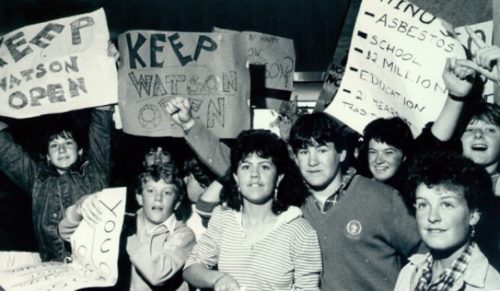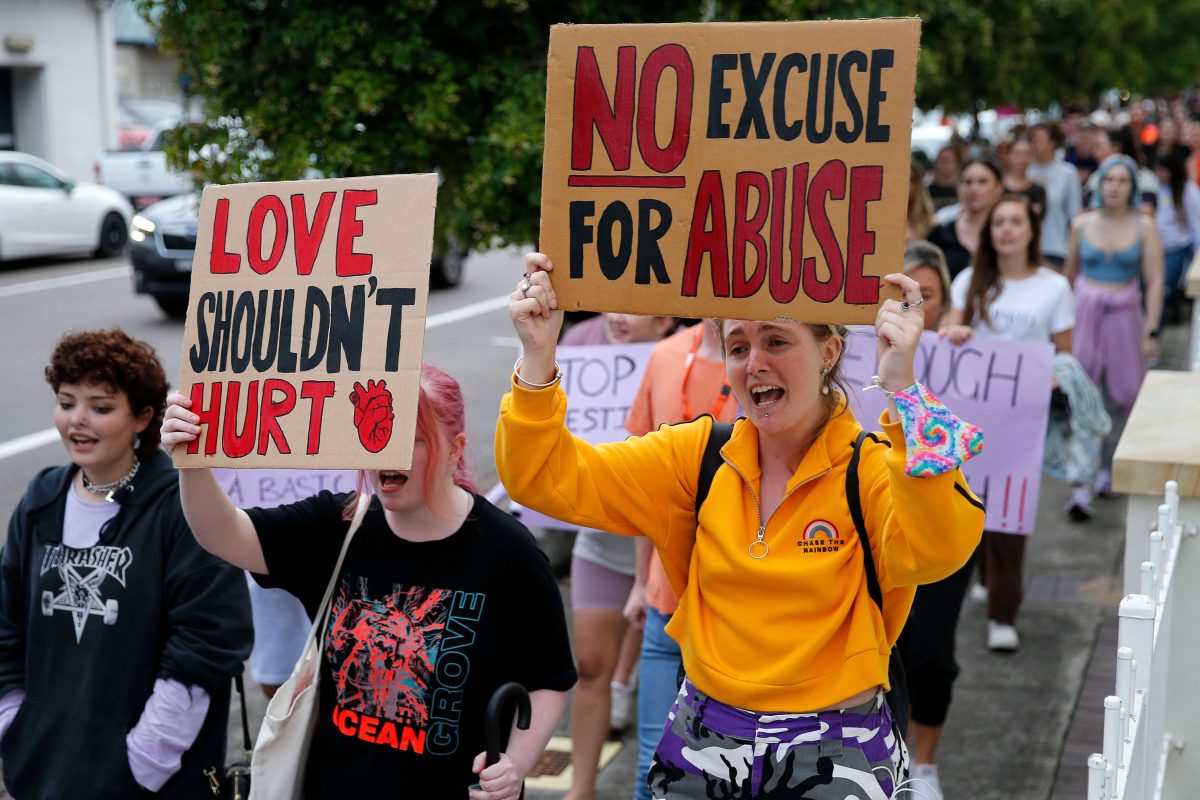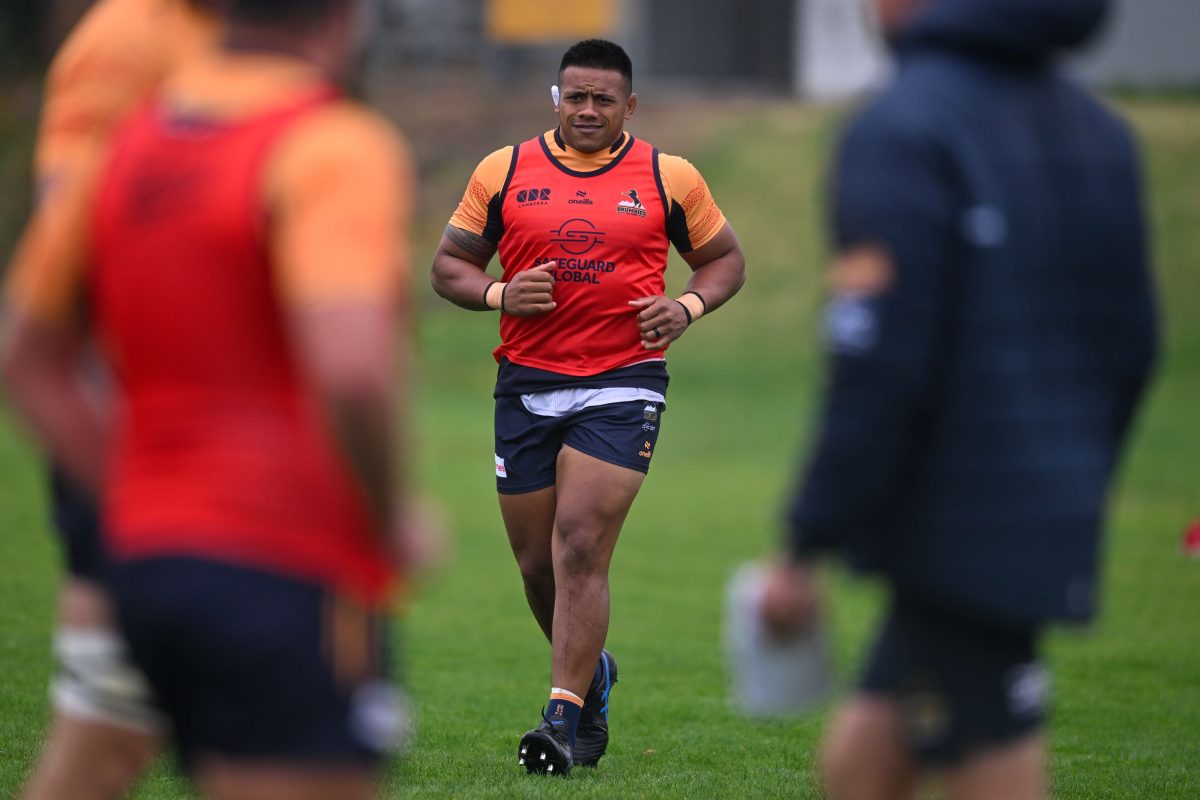
From the Homosexual Law Reform Society, Women Against Rape in War to Penises for Peace, Canberra has a rich history of protest. ROWAN HENDERSON previews a new exhibition of local activism that’s just opened at the Canberra Museum and Gallery.
CANBERRA is the home of Federal Parliament and, as such, naturally attracts activists who want to get their message across to those “in power” and gain media attention for their cause.
Over the years Canberra has seen significant national protest such as the establishment of the Aboriginal Tent Embassy and countless protests outside Parliament House on issues as diverse as wool prices, abortion, employment conditions and uranium mining.
However, in the city of Canberra itself, the community has also had its own concerns. “Activism: forces for change in Canberra”, at Canberra Museum and Gallery, explores the dual role Canberra has played as a site of protest for local issues and matters of national and international importance.
In 1911, with the creation of the Federal Capital Territory, the entire adult population of Canberra lost their enfranchisement. Even after gaining one seat in the House of Representatives in 1948 their member could only vote on matters directly affecting the Territory until 1966. Senate representation came in 1975.
No local system of government with legislative power existed in the ACT until 1989 when self-government was imposed. So it was that Canberra’s population spent most of the 20th century struggling to have its daily concerns heard. Not that this bothered the majority much – 63.75 per cent of Canberrans voted against self-government in 1978.
Despite this, the ‘60s and ‘70s in Canberra saw the same rise in social activism as the rest of Australia and sometimes Canberrans were ahead of the nation in their social awareness.
The formation of the Homosexual Law Reform Society in 1969 was the first group formed in Australia with the intention of decriminalising homosexual acts.
The Women Against Rape in War gatherings in Canberra during Anzac Day from 1980 were the forerunners to later marches in Sydney and Melbourne. This “early adopter” status of Canberra has continued, with the ACT becoming the first Australian jurisdiction to ban smoking in restaurants and other enclosed places in 1994 and attempting to legalise marriage equality in 2013.
Another side of activism that can be easily forgotten is the battles that are lost or the developments that never happened.
Apart from the direct participants how many Canberrans remember the protest over the Duffy transportable homes park, the demolition of the Capitol Theatre or the Battle for Rocky Knob in Narrabundah?
Other demonstrations that will be well-remembered in Canberra include protests against the building of Telstra Tower (then known as Black Mountain Tower) and the work of Save the Ridge in opposing the building of the Gungahlin Drive Extension (GDE) through O’Connor Ridge.
In looking at the history of activism it is easy to forget that for everything being protested, there is an opposing side. When the GDE was being protested against by Save the Ridge in the early 2000s there was another group, GDE Now!, working to support its construction.
Another aspect of local activism addressed in this exhibition is its inherent creativity. To make a splash, get some media coverage and attract attention requires creative thinking and acting.
The material culture of activism therefore largely consists of the badges, posters and puppets – the tools of the activist.
The exhibition also shows, for the first time, the almost seven-metre-long Stop Arms For Export protest float collected by the National Museum of Australia following the AIDEX protests in 1989 and 1991.
The AIDEX exhibition was held at NATEX (now EPIC) and was a showcase for companies wishing to sell defence materiel to the federal government. Significant protest occurred at the exhibition site, leading to over 200 arrests in 1991.
This float, in the shape of an arm and fist holding a sign reading “Stop Arms For Export”, was used at a number of locations including Parliament House and Garema Place.
In 1991 a group of naked men hid inside the arm which was used to ram the National Exhibition Centre’s main gate. The plan was for the men – known as the Penises for Peace – to jump out of the arm inside the exhibition. This was foiled by the police who diverted the arm from the main gate and then overturned it, trapping the people inside.
This exhibition aims to showcase both the creativity and the hard work of activists across Canberra’s history. It is a story of devotion to a cause; persistence in the face of defeat and of working in many different ways to create change in society.
Rowan Henderson is the acting assistant director, Exhibitions and Collections, Canberra Museum and Gallery.
Who can be trusted?
In a world of spin and confusion, there’s never been a more important time to support independent journalism in Canberra.
If you trust our work online and want to enforce the power of independent voices, I invite you to make a small contribution.
Every dollar of support is invested back into our journalism to help keep citynews.com.au strong and free.
Thank you,
Ian Meikle, editor





Leave a Reply